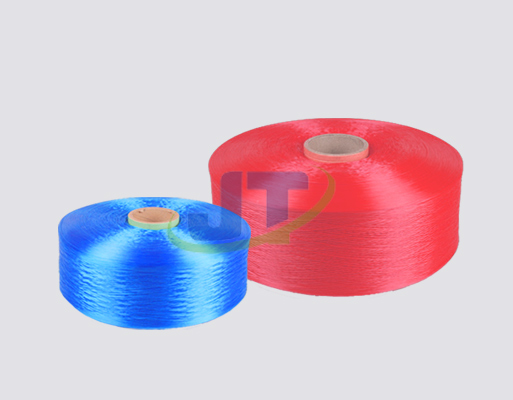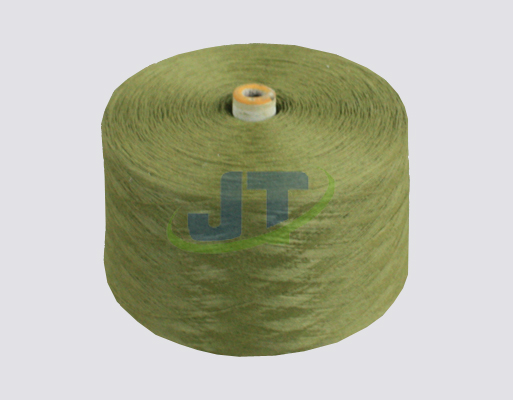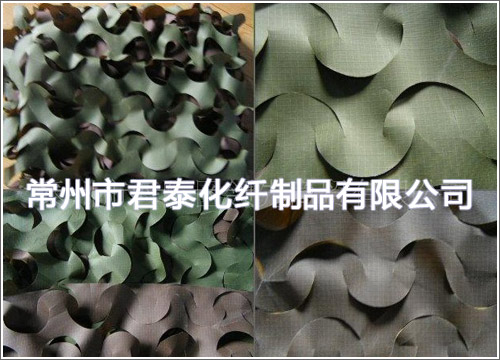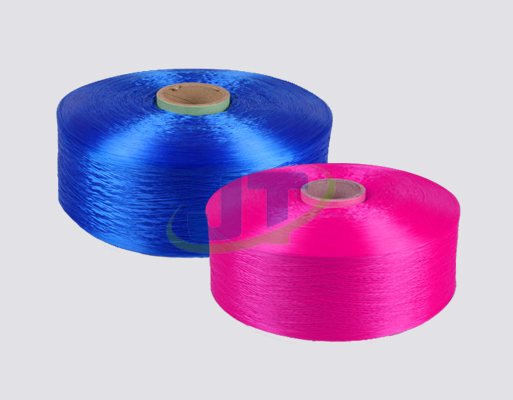

- Tel:0086-519-83783531
- cel:0086-13961177625
- E-mail:jianglijing1022@126.com
- add:cheng zhang Jia zeTown Wujin District, Changzhou City, Jiangsu Province
According to a recent research in Jiangsu, the textile and apparel industry will not perform well in 2022 due to weak demand, but foreign trade is slightly better than domestic sales. The textile and garment industry is expected to recover in 2023 with the introduction of national policies to expand domestic demand.
"Good at both ends, poor in the middle"
In terms of foreign trade, although the epidemic affected the stability of supply chains in the first half of 2022, the government, chambers of commerce and enterprises responded quickly, especially at the government level, by adjusting relevant policies in a timely manner, opening green channels for key industries such as textiles and apparel, and ensuring timely delivery of export orders.
"Jiangsu textile and clothing foreign trade is not very different from last year. "The decline started in October 2022, but the rapid growth in June equalizes the full-year figure." Said Lu Mei, secretary general of textile and Garment Chamber of Commerce of Jiangsu Federation of Industry and Commerce. In November 2022, China's textile exports fell by 14.8 percent year on year, and apparel exports fell by 14.7 percent year on year, further widening the decline from October, as pressure from external demand remains.
In terms of domestic sales, the performance of the textile and apparel industry in 2022 is "not very good", and presents a situation of "good at both ends and poor in the middle", that is, the high-end and low-end textile and apparel products markets perform better, while the "sandwich layer" between the two ends is the most bitter.
Ding Jian, chairman of Nantong Tianzhu Textile Co., LTD., said that because the company mainly produces relatively high-end textile products such as mold and yarn-dyed fabrics, and has been certified by many large European and American enterprises, it has maintained a strong competitive advantage.
The relevant person in charge of Jiangsu foreign trade leading enterprise Sumida also said that the domestic clothing brand order decline is large, the current consumption overall decline, the cheaper clothing the better to sell, such as Wal-Mart related clothing orders in the increase, and the current situation is also fit.
Data show that in November 2022, the total retail sales of clothing, shoes, hats and textile products in China reached 127.6 billion yuan, down 15.6% year on year and 8.1 percentage points higher than in October.
In 2023, the end demand is strong inside and weak outside, and the overall weak recovery is mainly
Several industry insiders said pressure on internal and external demand is an important factor in the overall poor performance of the textile and apparel industry in 2022. On the one hand, major economies face inflation risks and foreign demand for textiles and apparel is weak as inventories are still being liquidated in many markets, including the United States. Lu Mei revealed that Japan is an important market for China's textile and garment exports. At its peak, about 80 percent of Japan's textile and garment products were imported from China, but now only about 40 percent. "Textile and apparel companies that specialize in the Japanese market will be greatly affected."
It is understood that some textile and garment enterprises in Jiangsu do foreign trade, due to the large shrinkage of orders, have begun to actively docking domestic orders. On the other hand, affected by the epidemic, residents travel less, consumption scenes are limited, and the demand for clothing is not good. "As there are fewer interactions and social occasions, there is less demand for clothing." Lu Mei said.
As the epidemic prevention and control policies continue to be optimized, enterprises from Jiangsu, Zhejiang, Guangdong and other places have organized groups to go abroad to grab orders. The State Council recently issued the Outline of the Strategic Plan for expanding Domestic Demand (2022-2035), stating that boosting domestic demand and consumption is an important direction to stabilize economic growth. All these inject confidence into the industry development in 2023.
Xu Pengcheng, director of Jiangsu Haiqi International Co., Ltd. recently attended the Asian Fashion Show (AFF) in Tokyo, Japan. "This is the first exhibition in three years. There are so many garment companies participating in the exhibition, and Japanese customers are happy." He said Japan is an important overseas market for the company, which will also attend several exhibitions in Osaka and other places in 2023.
Guotai Junan Research Report believes that with the continuous optimization of epidemic prevention and control policies and the promotion of national policies to expand domestic demand, apparel retail data is expected to improve gradually. Lu Mei and other interviewees said that in the future, textile and apparel enterprises should change their ideas and develop into new models and new business forms such as cross-border e-commerce. At the same time, they should focus on building their own brands and promoting the upgrading of the industry to medium and high-end.
From the perspective of the terminal textile industry, the demand of the terminal textile industry in 2022 is affected by the domestic epidemic, the decline in real estate demand and the high price of raw materials, combined with the decline in demand brought by overseas inflationary pressure, and the overall level of the internal and external demand of the terminal textile and apparel industry is weak. From the perspective of 2023, although most countries in the world have lifted their grip on the epidemic, the experience of countries that have lifted their grip earlier overseas shows that under the downward pressure of overseas economy and the decline of resident income, there is no significant improvement in the end demand, so the recovery of domestic epidemic prevention and control is still cautious. In terms of domestic demand, domestic demand in 2022 was significantly dragged down by the epidemic and weak real estate. In 2023, with the relaxation of epidemic prevention and control and the government's risk support for real estate, domestic demand is expected to recover somewhat on a sequential basis, but the room for recovery is still affected by the decline of income during the epidemic in the past two years and the possibility of repeated positive results. In terms of external demand, although the interest rate increase in the United States slows down, the inflation pressure in the United States continues, the interest rate increase in Europe and other countries is still expected to have a negative impact on the demand, and the replenishment of the inventory of high finished products overseas is expected to slow down. Therefore, the terminal textile and garment exports in 2023 will still have a continuous downward pressure.
- Polypropylene high-strength yarn
- Traditional industries are accel
- The polypropylene high-strength
- Can the United States really reb
- What are the advantages of polyp
- Us tariffs upgrade the "danger"
- Analysis on industrial applicati
- Freight volume bottoming out Is
- Textile companies that do busine
- Analysis of the 7 characteristic




